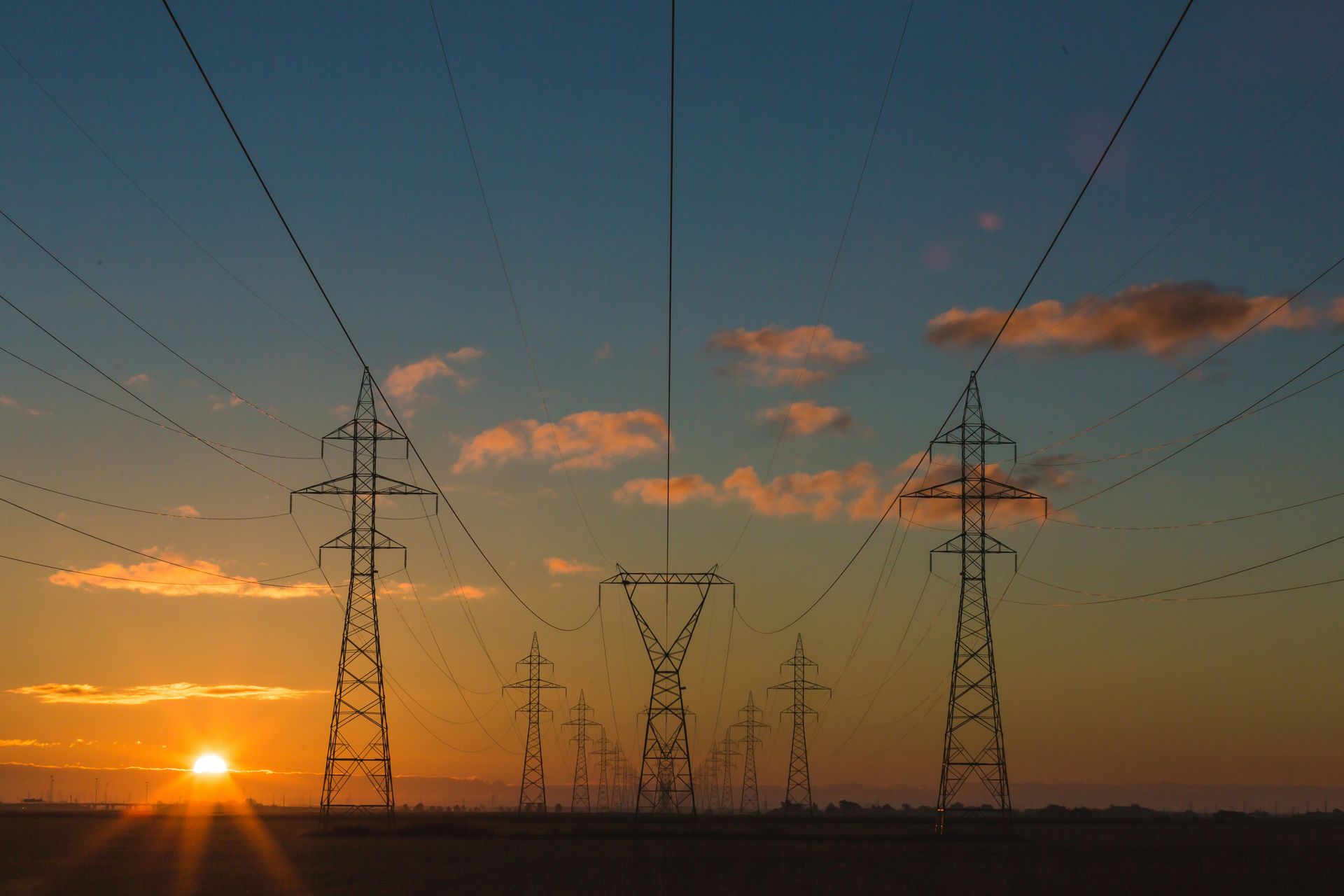Introduction to the Energy Transition Law for Industrial Parks
Denali-ep
| 24 de octubre de 2024
Introduction to the Energy Transition Law for Industrial Parks
Introduction
Mexico's Energy Transition Law is a critical part of the country's environmental and energy policies. Aimed at reducing carbon emissions and promoting renewable energy, this law has significant implications for various sectors, including industrial parks. In this article, we will delve into what the Energy Transition Law entails, its main components, and how it affects industrial parks in Mexico.
What is the Energy Transition Law?
Definition and Objectives
The Energy Transition Law is a regulation designed to establish the foundation for sustainable energy use in Mexico while reducing greenhouse gas emissions. Its primary objective is to shift the country toward a cleaner energy model by promoting energy efficiency and increasing the use of renewable energy sources.
Historical Context
The law was enacted in 2015 as part of Mexico’s broader efforts to meet international climate change commitments, including the Paris Agreement. Its creation marked a significant step toward aligning national policies with global sustainability goals.
Key Components of the Energy Transition Law
Clean Energy Targets
The law sets specific targets for clean energy usage within Mexico. By 2024, 35% of the country’s electricity is expected to come from clean sources, with an increase to 43% by 2030. These targets are designed to reduce the country’s reliance on fossil fuels and encourage investments in renewable energy infrastructure.
Energy Efficiency
Another central pillar of the law is promoting energy efficiency across all sectors, including industrial parks. This involves implementing measures to reduce energy consumption and improve the overall efficiency of energy usage within industrial operations.
Fiscal and Financial Incentives
To encourage the adoption of clean energy technologies, the law provides fiscal and financial incentives for companies that invest in renewable energy and energy efficiency initiatives. These incentives can help mitigate the initial costs of transitioning to greener technologies.

Challenges and Opportunities for Industrial Parks
Initial Investment
One of the primary challenges for industrial parks is the upfront investment required to implement clean energy technologies and energy efficiency measures. However, the law offers financing programs and government support to help ease this burden.
Training and Awareness
Ensuring that industrial park operators and workers are trained and aware of the benefits and requirements of the Energy Transition Law is critical. Proper training can help ensure the successful implementation of the law’s measures and long-term compliance.
Adapting to New Regulations
The Energy Transition Law is dynamic, meaning industrial parks must be prepared to adapt to regulatory updates and changes. Staying informed and compliant with these changes will be essential for maintaining operational efficiency and sustainability.
Success Stories in Industrial Parks
Querétaro Industrial Park
One of the standout examples of the Energy Transition Law's positive impact is the Querétaro Industrial Park. This park has successfully reduced its carbon emissions by 30% by adopting renewable energy sources and improving its energy efficiency. Through investments in solar and wind power, as well as energy-saving technologies, the park has not only reduced its environmental footprint but also achieved significant cost savings in the long term.
Ciudad Juárez Industrial Park
Ciudad Juárez Industrial Park implemented a comprehensive energy management system, which enabled them to cut energy consumption by 25%. This success was driven by a combination of modernizing infrastructure, utilizing energy-efficient equipment, and adopting clean energy technologies. The park now serves as a model for other industrial parks looking to meet the goals of the Energy Transition Law.
The Future of the Energy Transition in Industrial Parks
Technological Innovations
The future of industrial parks in the context of the Energy Transition Law lies in technological innovation. The adoption of cutting-edge technologies like artificial intelligence (AI) and the Internet of Things (IoT) will be pivotal in optimizing energy consumption and integrating renewable energy sources. These technologies will allow for real-time energy monitoring, predictive maintenance, and automated systems, all of which contribute to improved energy efficiency and sustainability.
Public-Private Collaboration
Achieving the goals of the Energy Transition Law will require strong collaboration between the public and private sectors. Strategic partnerships can facilitate the transfer of knowledge, funding for clean energy projects, and the development of infrastructure necessary for the energy transition. Industrial parks that form alliances with government bodies and private enterprises are more likely to succeed in meeting their energy targets.
Global Trends
Globally, the shift toward clean energy and sustainability is accelerating. Industrial parks that align with these global trends will be better positioned for future growth and competitiveness. As countries worldwide push for more aggressive climate policies, industrial parks in Mexico that comply with the Energy Transition Law will not only meet domestic regulations but also gain a competitive edge in international markets by showcasing their commitment to sustainability.
Conclusion
The Energy Transition Law plays a crucial role in shaping the future of industrial parks in Mexico. While it presents challenges, such as the need for initial investments and adapting to regulatory changes, it also offers significant opportunities for cost savings, improved competitiveness, and access to new markets. By embracing energy efficiency, renewable energy, and innovation, industrial parks can become leaders in the clean energy transition, driving both environmental sustainability and economic growth.
What is the main purpose of the Energy Transition Law?
The primary purpose of the Energy Transition Law is to promote sustainable energy use and reduce greenhouse gas emissions in Mexico. It aims to transition the country towards cleaner energy sources, increase energy efficiency, and set specific targets for renewable energy use by industries, including industrial parks.
How does the Energy Transition Law impact industrial parks in Mexico?
Industrial parks are required to adopt cleaner energy sources and implement energy efficiency measures to comply with the law. This can involve upgrading to renewable energy, optimizing energy consumption, and meeting specific targets for reducing carbon emissions. Failure to comply may lead to regulatory penalties or missed opportunities for financial incentives.
What are the benefits of complying with the Energy Transition Law for industrial parks?
Complying with the law provides several benefits, including reduced operational costs through energy efficiency, access to government incentives and financial support, improved environmental performance, and a stronger competitive position in both national and global markets by aligning with sustainability trends.
What financial incentives are available to industrial parks under the Energy Transition Law?
The law offers various fiscal and financial incentives, such as tax benefits and access to low-interest financing for investments in renewable energy technologies and energy-efficient infrastructure. These incentives help offset the initial costs of transitioning to cleaner energy and improve long-term cost savings.
What challenges do industrial parks face in implementing the Energy Transition Law?
The primary challenges include the upfront investment needed for clean energy technologies, the need for training and awareness to ensure compliance, and the requirement to adapt to evolving regulations. However, government support and financing programs are available to help mitigate these challenges and facilitate a smoother transition.




